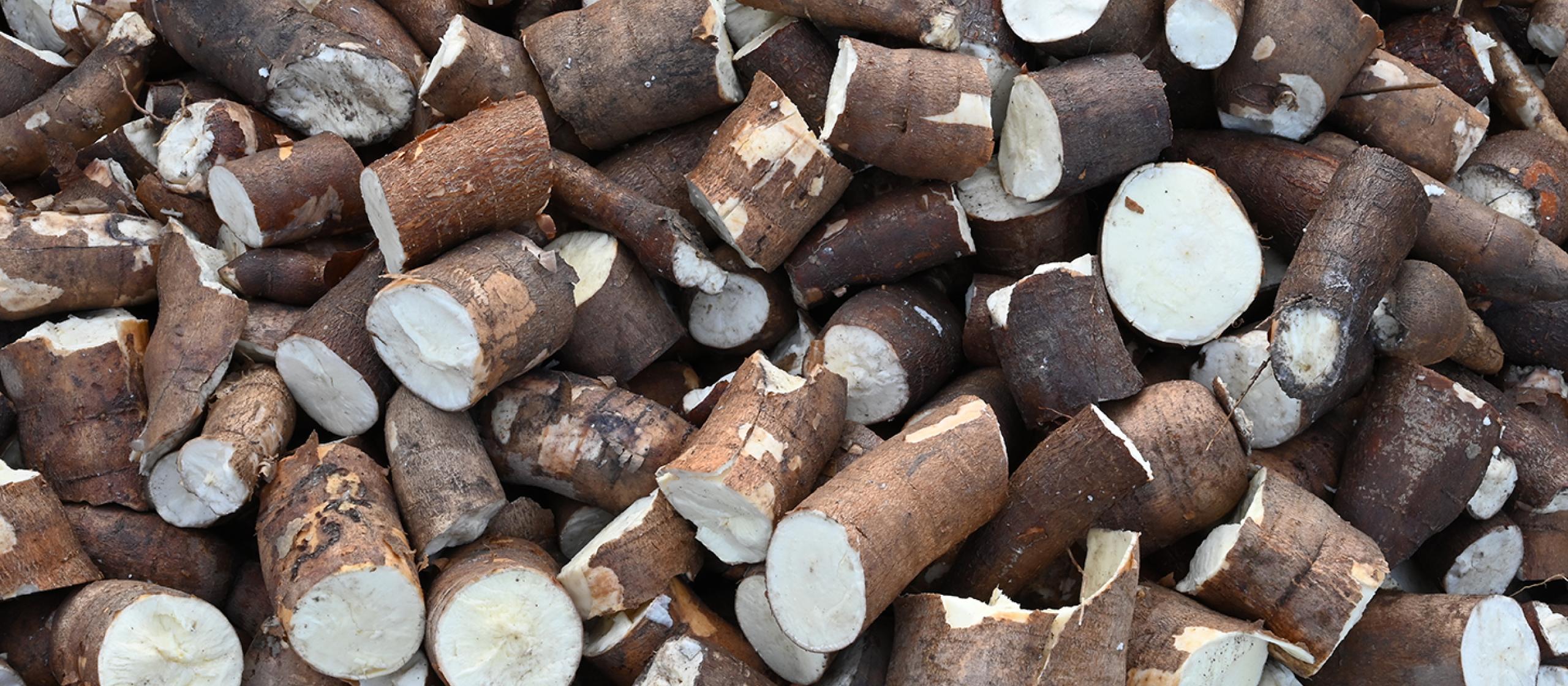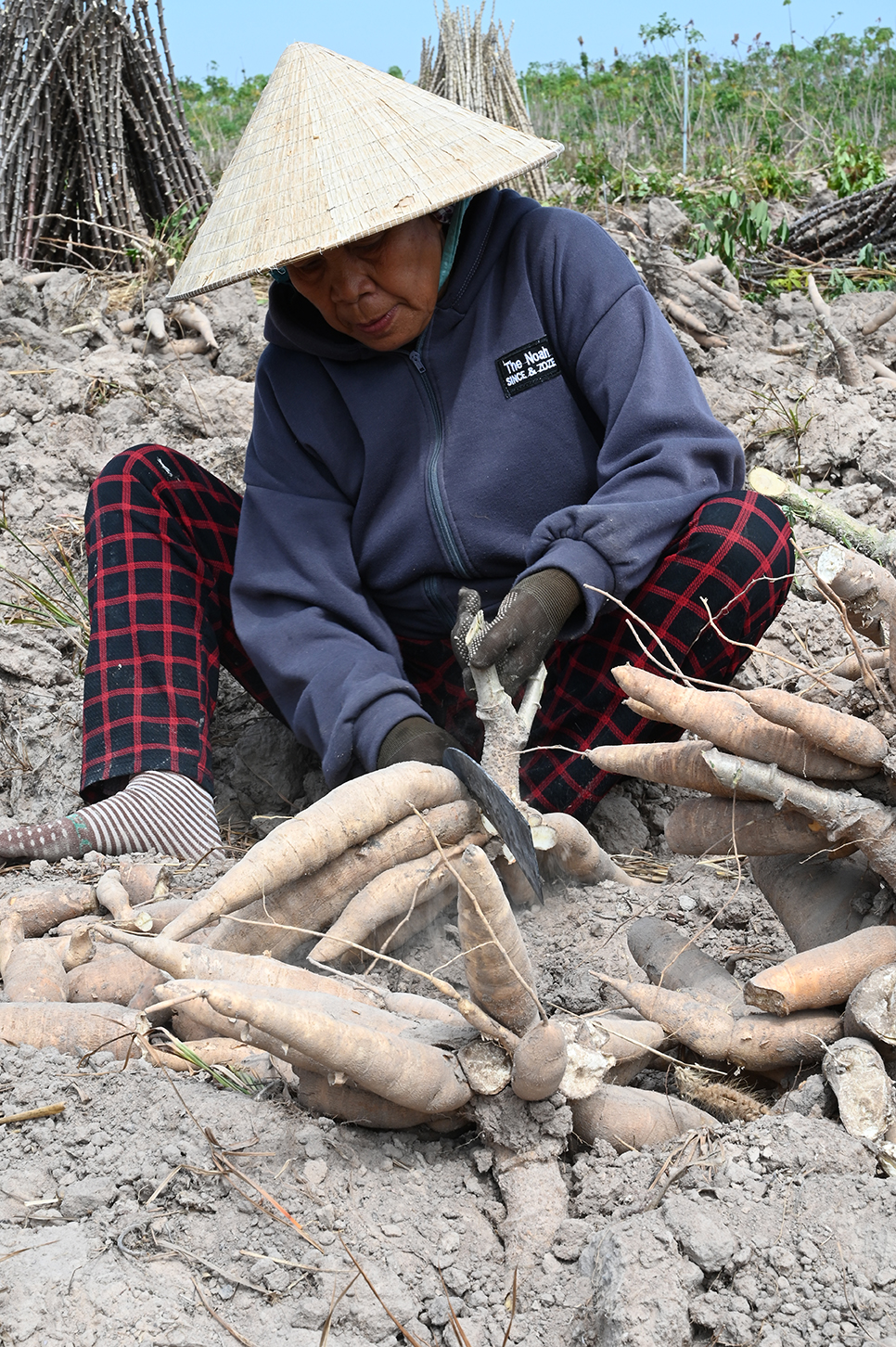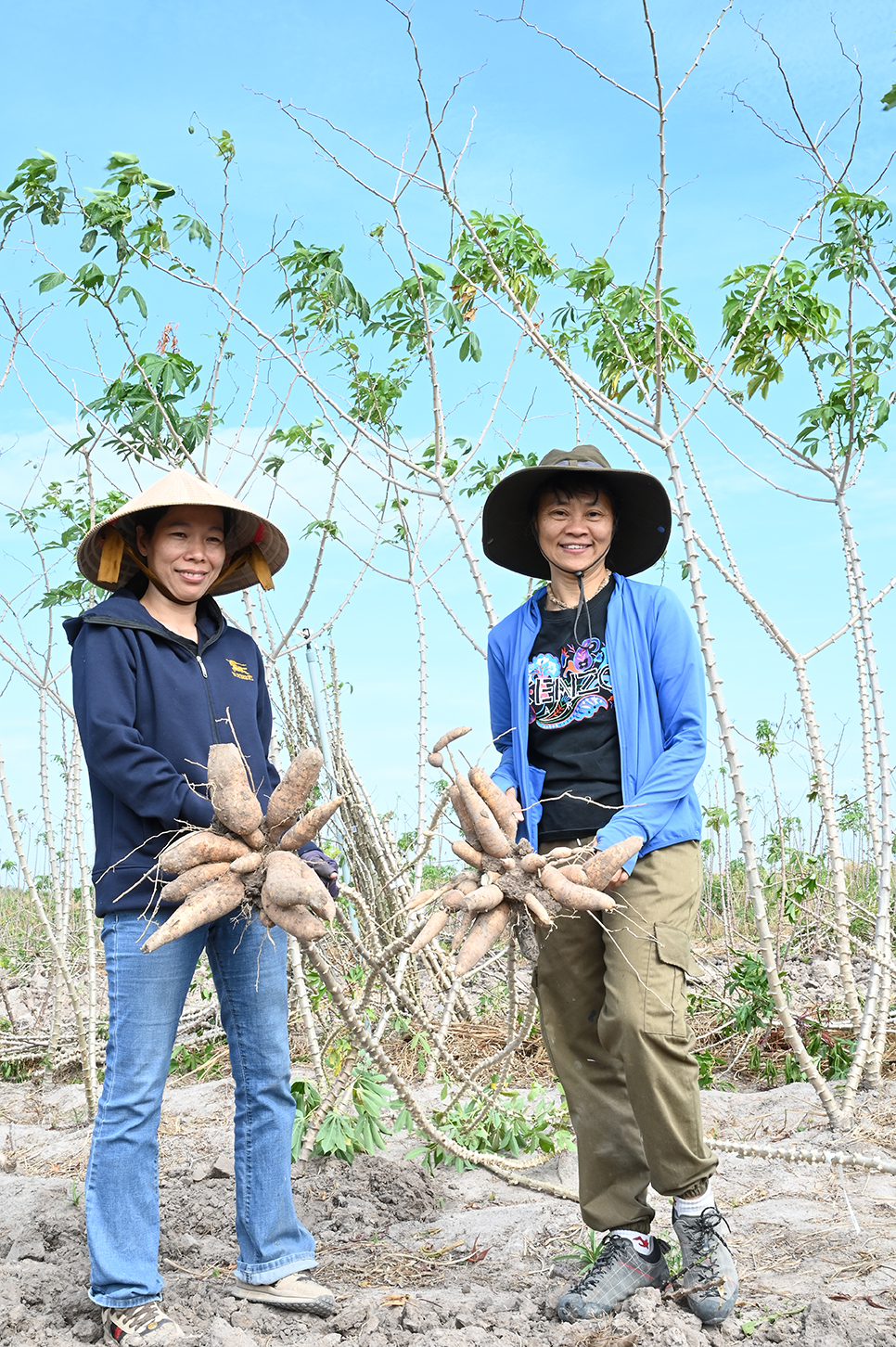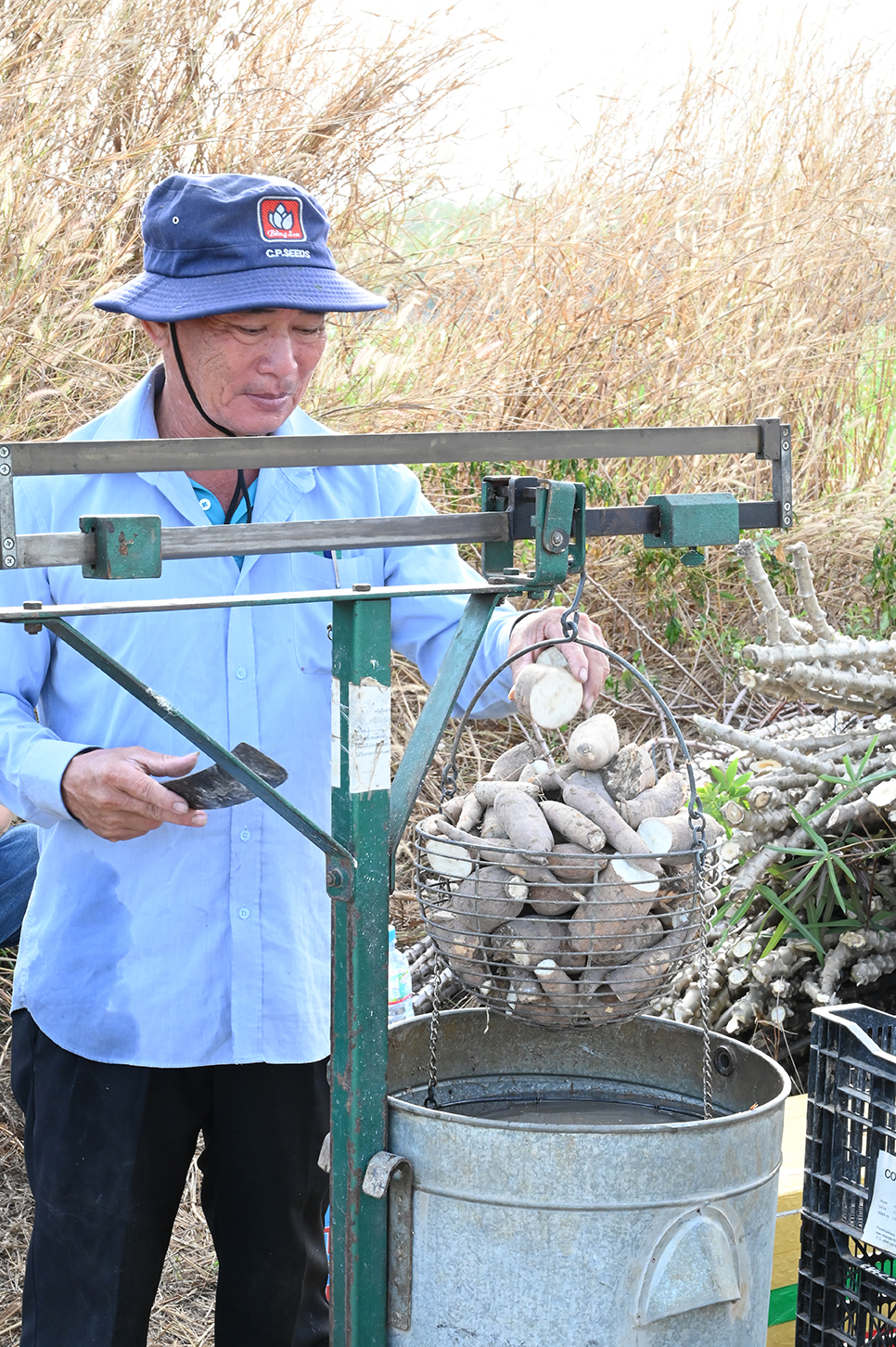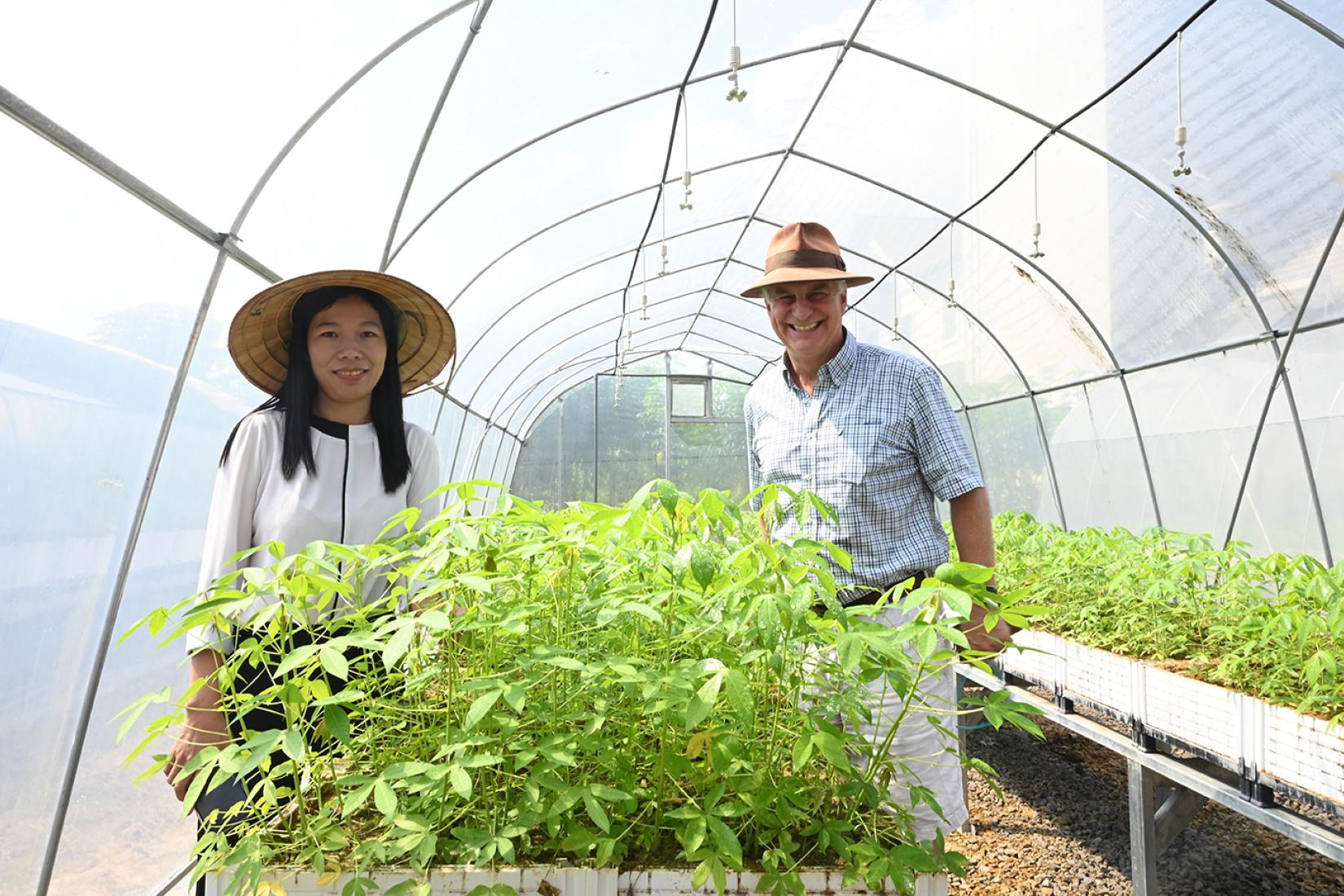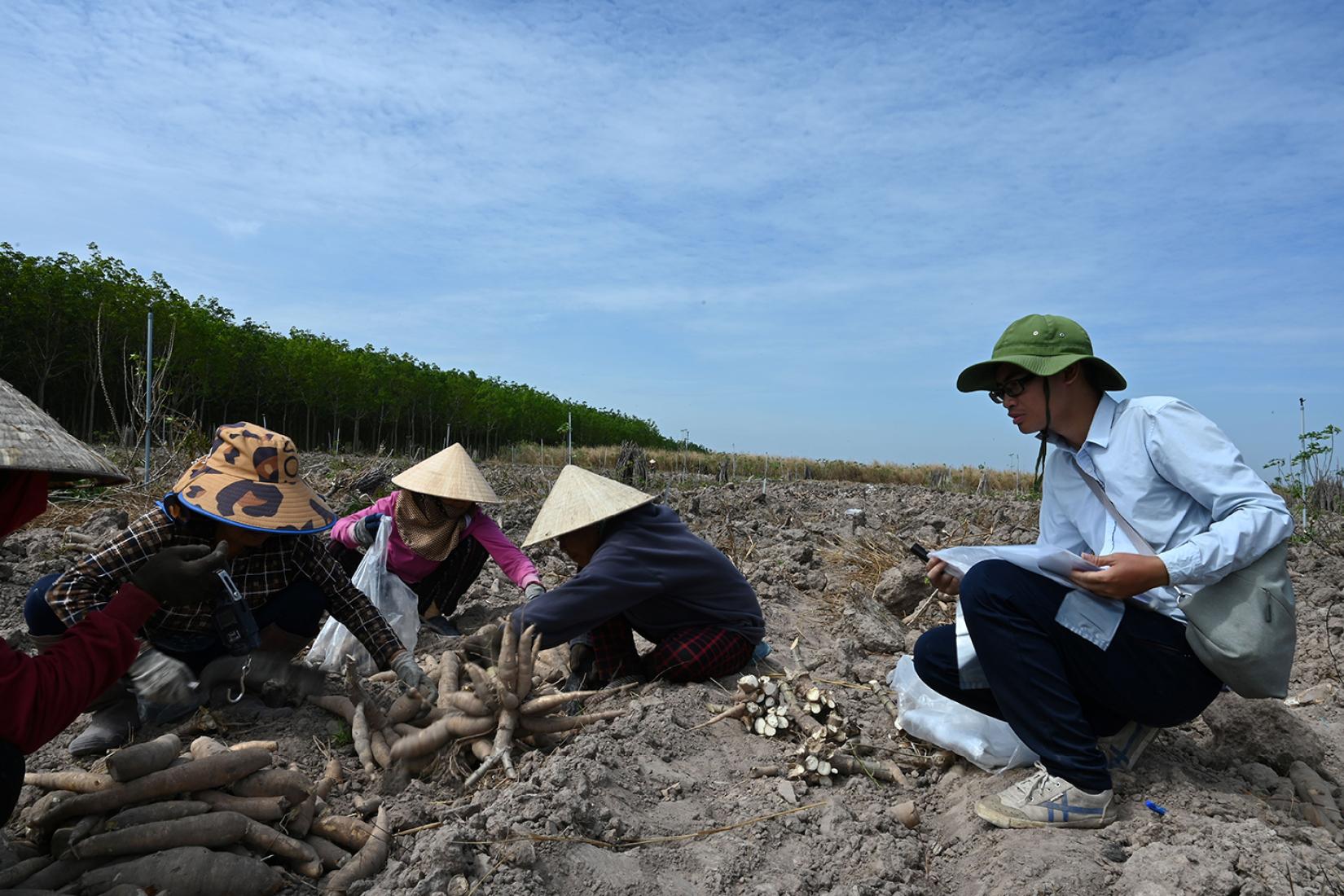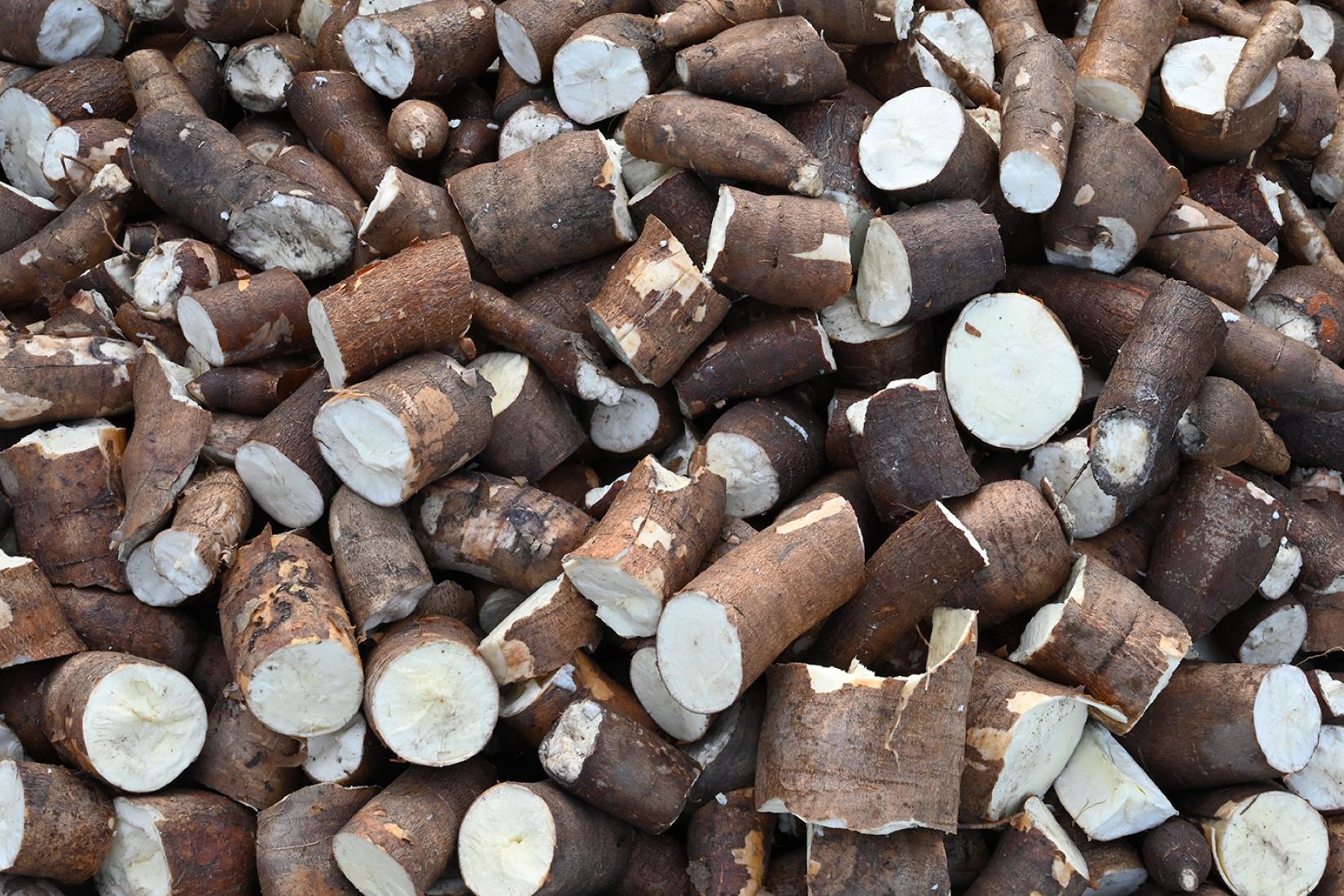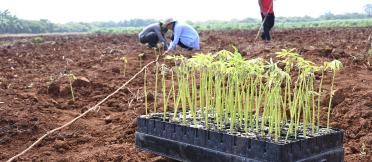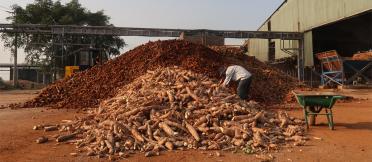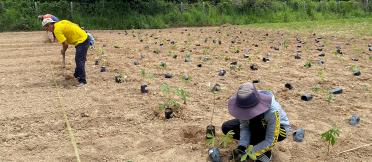Cassava is a key commercial crop in mainland South-East Asia that provides the livelihood for around 2 million smallholder growers. It fuels an ever-growing global market for cassava roots, starch and chips which are used to produce a range of traditional and modern food, textiles, ethanol, animal feed and new products such as biodegradable plastics.
But as the market is growing so are 2 serious emerging diseases. They are cassava witches' broom disease (CWBD) and cassava mosaic disease (CMD). Both diseases can cause severe yield losses or crop failure, rendering the crop unprofitable.
In South-East Asia, the cassava sector relies on strong trading across countries of feedstock (roots) for processing. Therefore, the 2 diseases have quickly crossed the national borders, spreading across an estimated 37% of Cambodia, Vietnam, Thailand and Laos' cassava areas. These infections have caused millions of dollars in revenue loss for smallholder farmers and threatened to stifle the booming cassava industry.
'CMD has infected almost 100% of cassava stems in our province. Our farmers have suffered serious income loss, and the industry is struggling to secure enough clean roots for their production,' said Mr Nguyen Dinh Xuan, the Director of Tay Ninh Department of Agriculture and Rural Development.
Tay Ninh province is Vietnam's central cassava production hub, responsible for half of the country's production. It is also a hub for the popular cassava trading routes between Vietnam and Cambodia.
